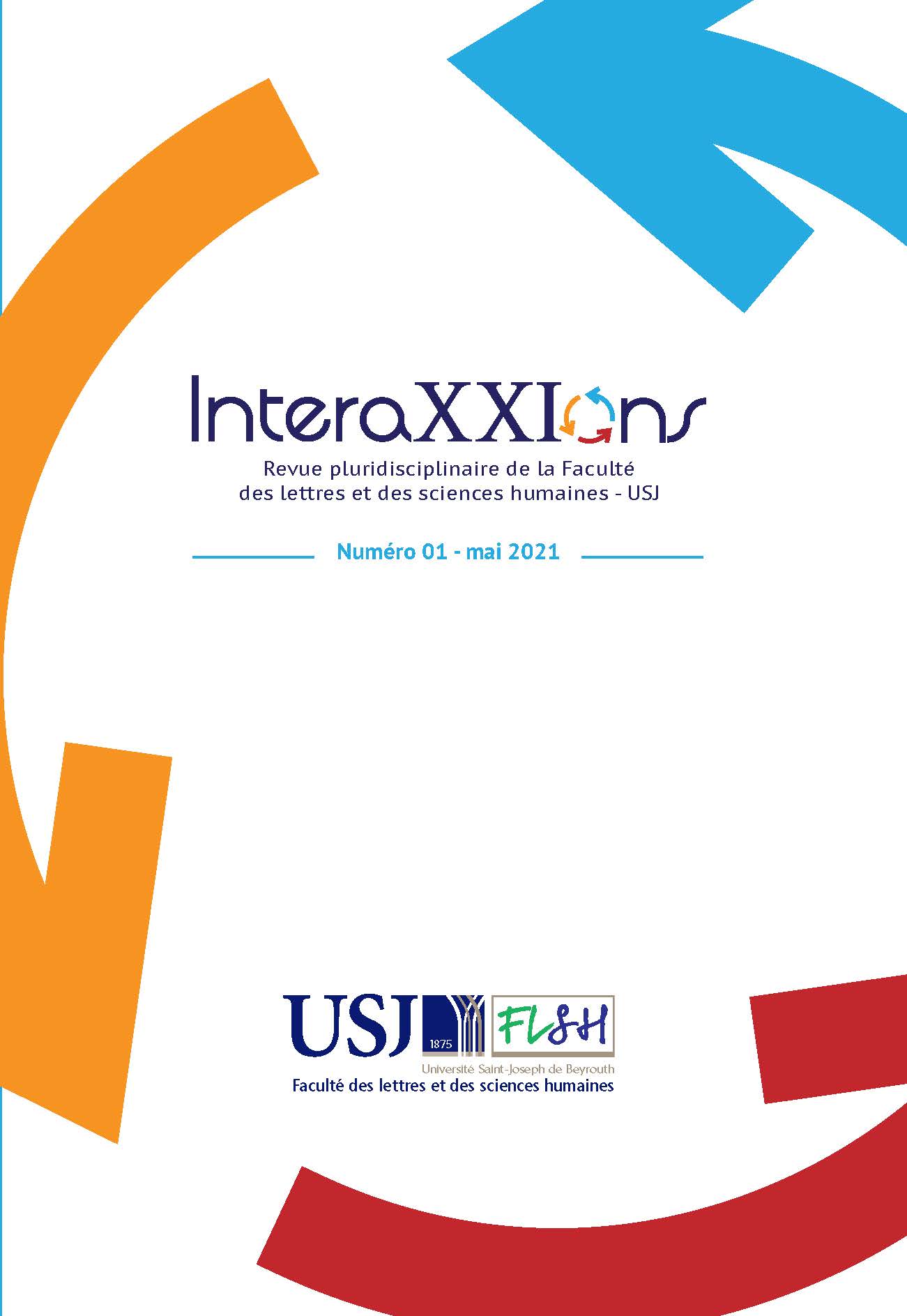Abstract
Marx et la poupée, the first novel of a female author, issued in 2017 knew a tremendous success. The story of Mariam Madjidi in this novel that looks autobiographical becomes a call for the revolution: revolution in a political meaning, revolution in a social meaning but also, and mainly, revolution in a literary meaning: recalling the revolution through a subversive writing in the Iranian context. She tells her personal story, her parents’, and reveals the impact the revolution and the resistance they had on her life- it is mainly conveyed by a subversive writing using various generic choices. The novel is not restricted to the traditional ones but becomes polymorphous. Therefore, to relate the violence, the narrator uses a cinematographic writing in order to describe its traumatic effects. Whereas her inner torture, born with the narrator’s exile, is sometimes revealed by a mnemonic structure, and sometimes revealed by the setting of a theatrical dialogue. What is better than poems and tales to unveil love, pain, inner search, family and exile. Thus, reinventing a novel to tell the revolution is also to think the novel by “decompartimizing” it, or by offering it the opportunity to open up and bear within a cross-breed new identity similar to the narrator’s; the narrator who has succeeded in becoming a citizen of the world through her process of acculturation. So, Mariam Madjili’s generic choices enable us to think again the novel in a way for it to become also a world novel, a polyphonic mosaic novel.

